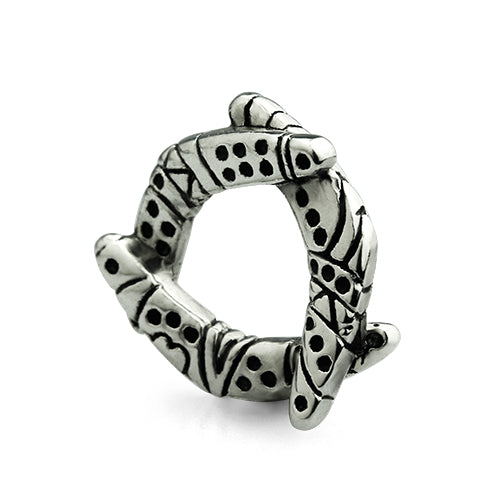OHM
Boomerang( retired )
Couldn't load pickup availability
Boomerangs being thrown at animals appear in cave drawings in Australia that are 50,000 years old. Actual Aboriginal boomerangs dating back to 10,000 BC were found in a peat bog in South Australia. Boomerangs were also found in King Tut’s tomb in ancient Egypt, among hunters in India and among the Navajo in North America, and in the Capathian Mountains in Poland fashioned from mammoth tusk.
There are two kinds of boomerangs and it’s important to know the difference. The non-returning boomerang--called a “kylie” or “throwing stick”--is designed to travel in a straight line and is used mostly for hunting. The returning boomerang is designed to travel in an elliptical orbit and return to the point of origin. Returning boomerangs are mostly used for sport with popular contests judging maximum time aloft, accuracy of return, trick catch, and more.
The boomerang has become one of the national symbols for Australia and is still used by the indigenous Aborigines. A hunting boomerang is delicately balanced and much harder to make than a returning one. Boomerangs have been used for centuries to hunt birds, rabbits, even kangaroos. Boomerangs were also used as war clubs, as spades for digging, as friction for starting fires, and as musical instruments when struck together. Astronauts have even thrown boomerangs on the International Space station and discovered that they work in zero gravity!
Here’s our OHM salute to Australia with this ancient and versatile invention!
Materials
Materials
Shipping & Returns
Shipping & Returns
Dimensions
Dimensions
Care Instructions
Care Instructions


